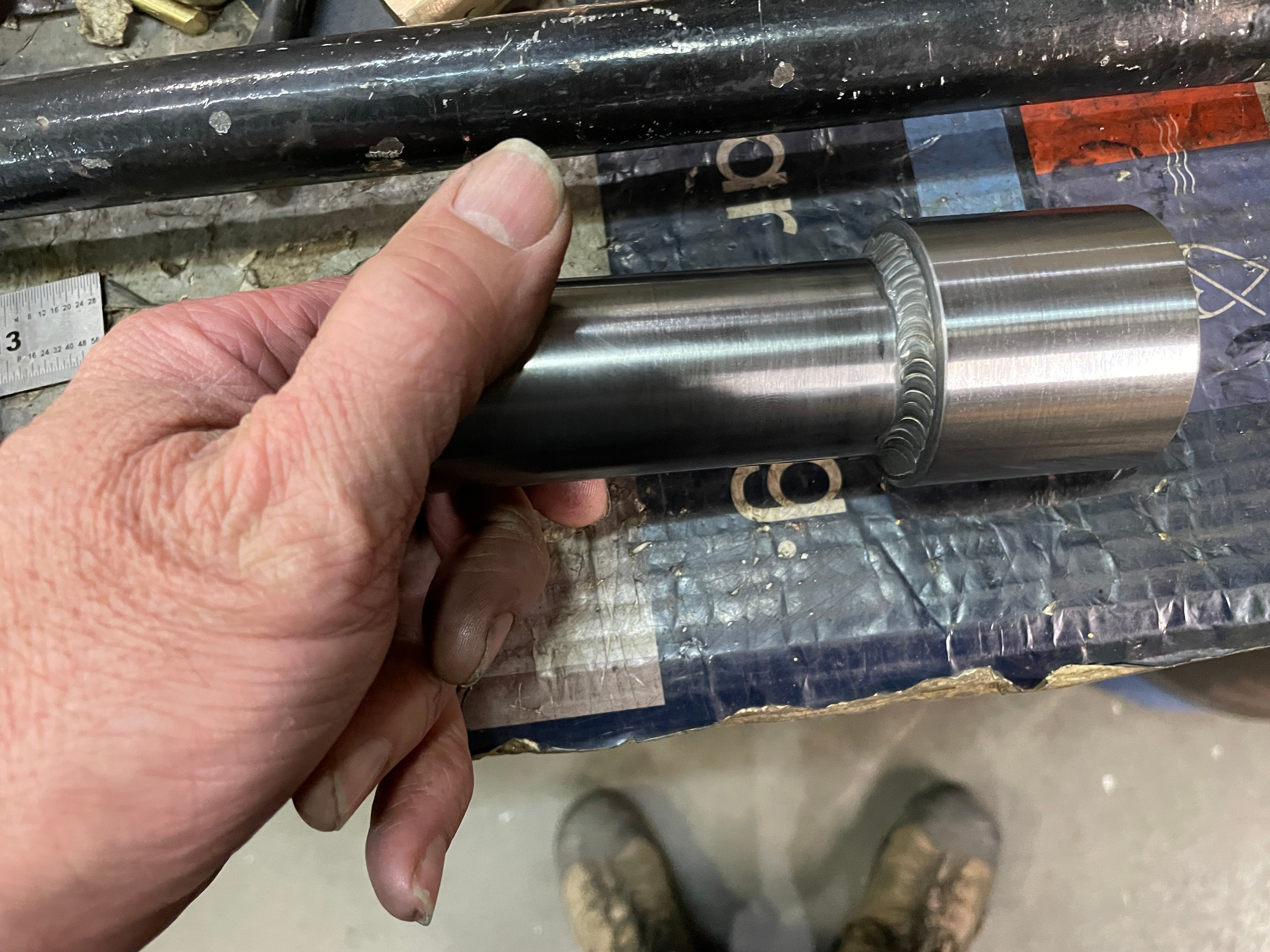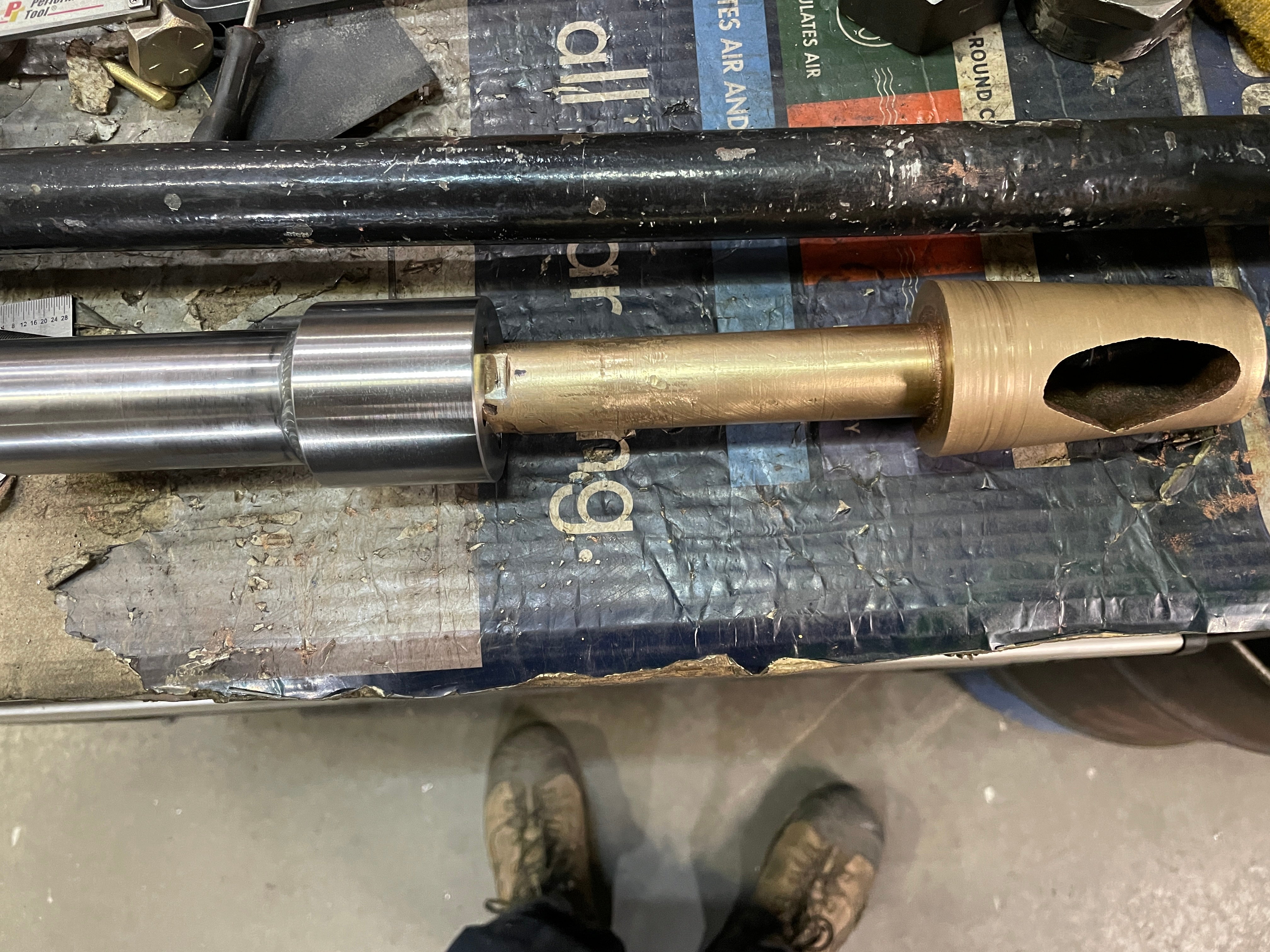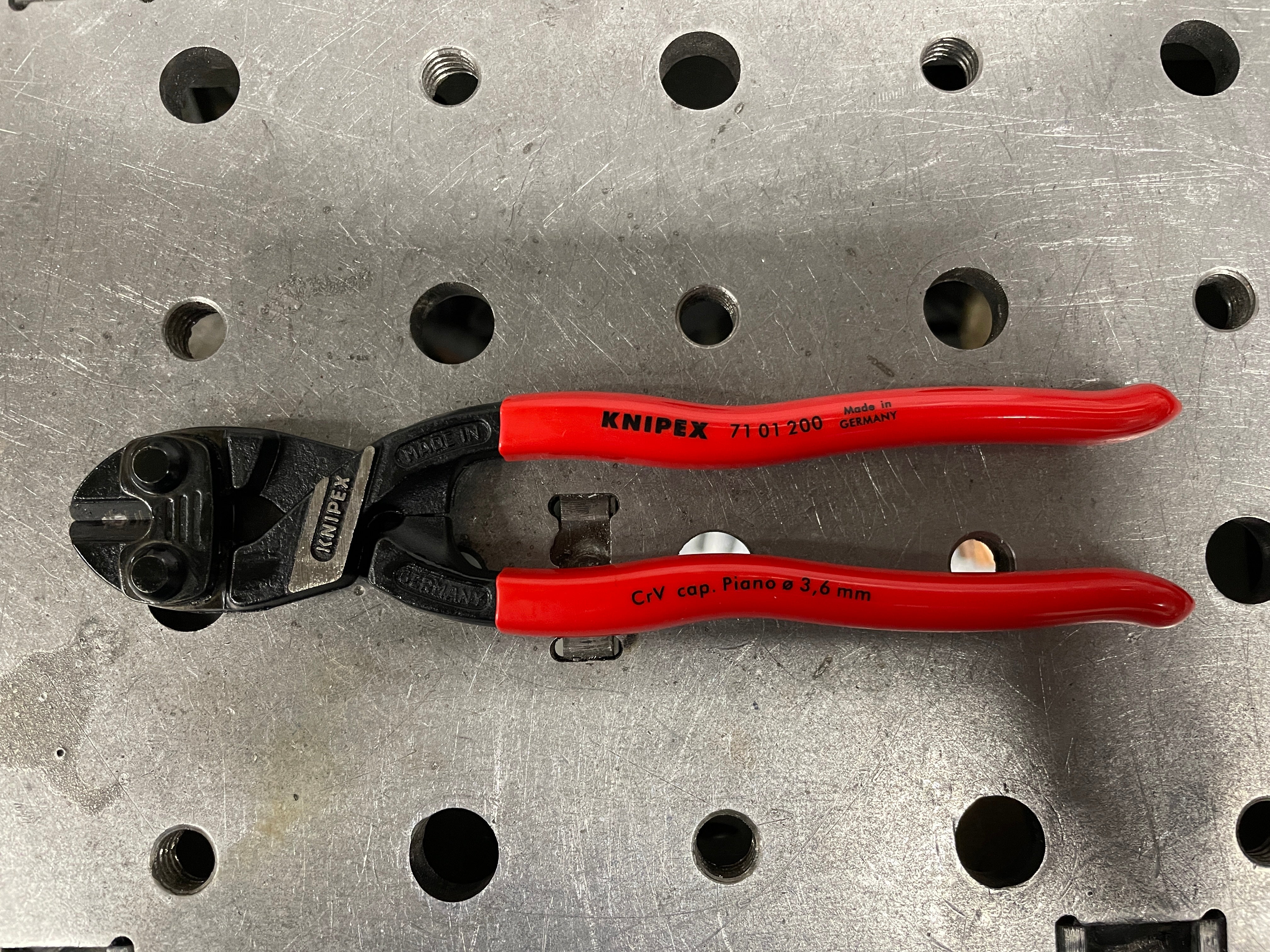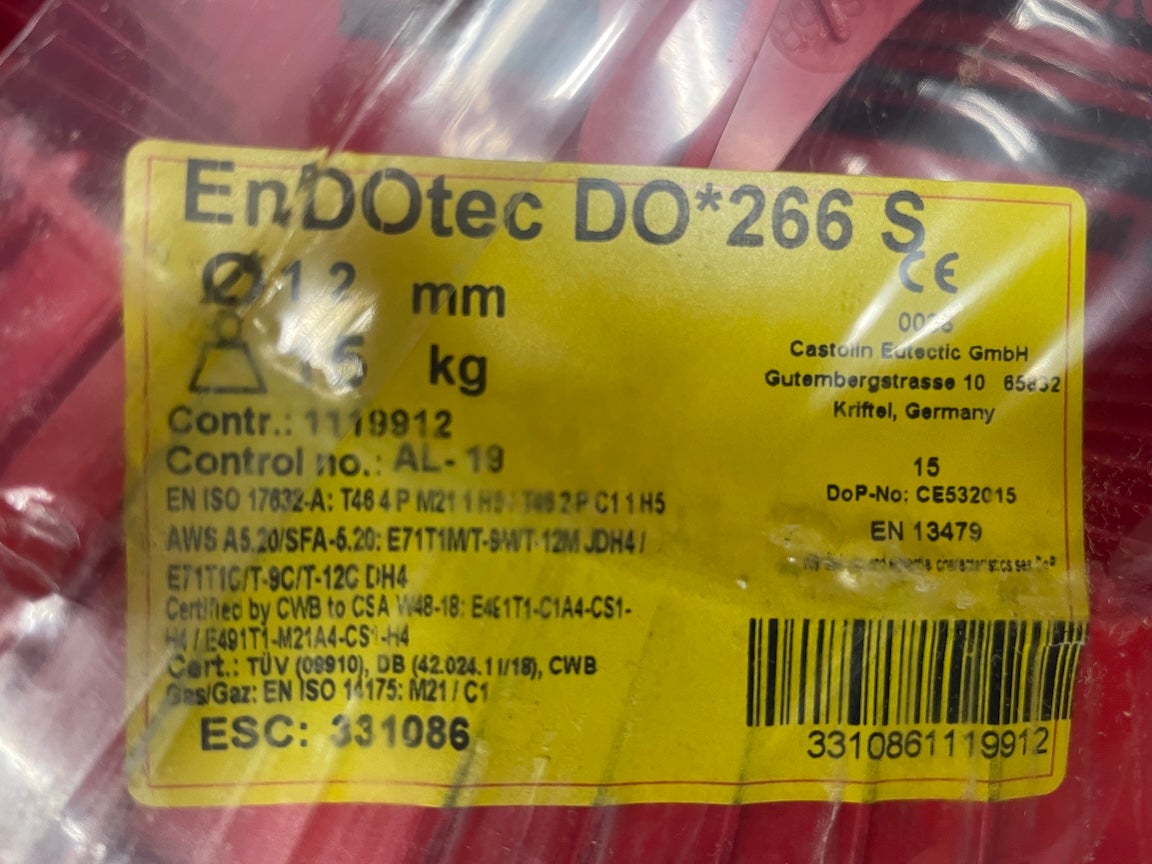Thanks Charles. Yes, valve body is brass/bronze. Edit to add a photo of the valve body.
Jeff Loffert
Replied on More machining than welding, but got ...
Posted
Commented on Good updates on Jody for those intere...
Replied on Recently became aware of these Knipex...
Posted
Replied on Tagging Matt Hayden as we'd communica...
Replied on Tagging Matt Hayden as we'd communica...
Posted
Commented on Sam Hagan - Duramax





Commented on Just got my first engine drive welder...
27 May 10:08
Nice....congrats! What model of Trailblazer is that?